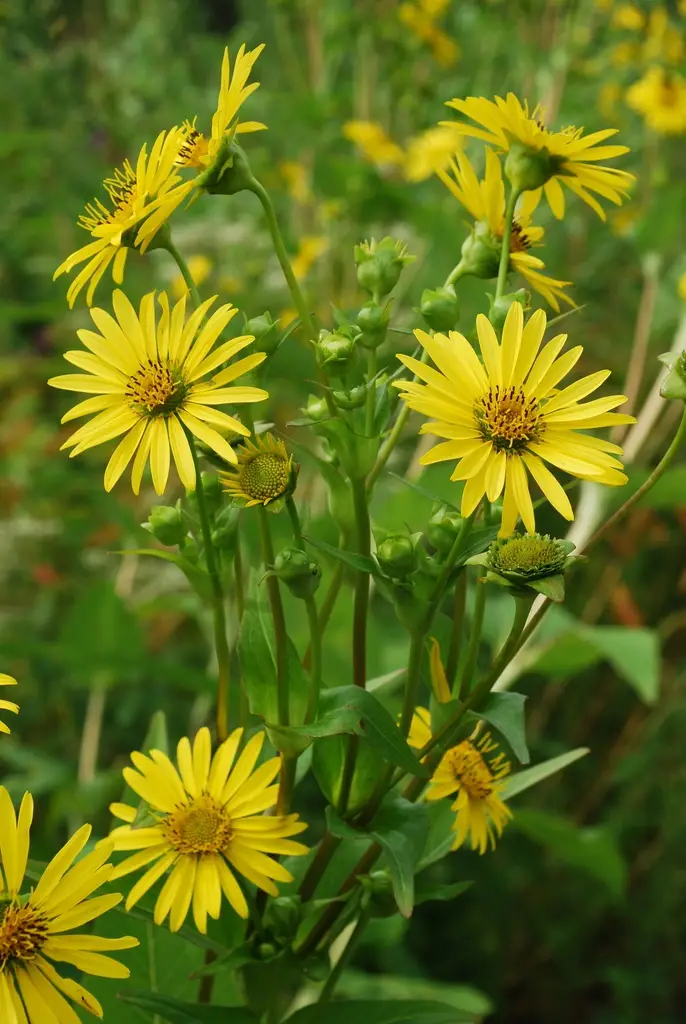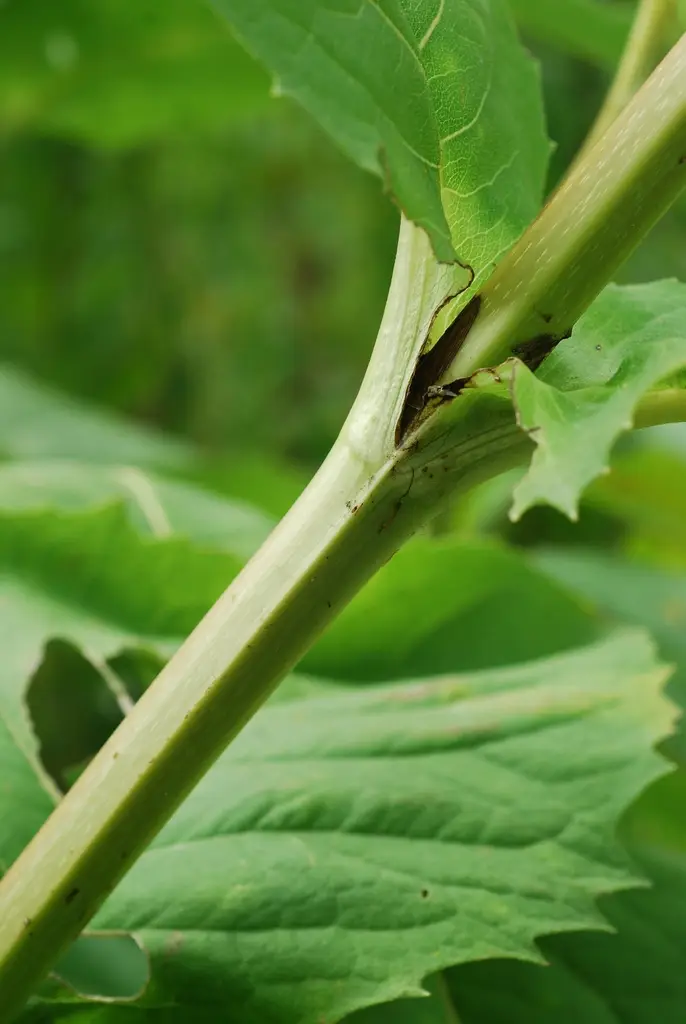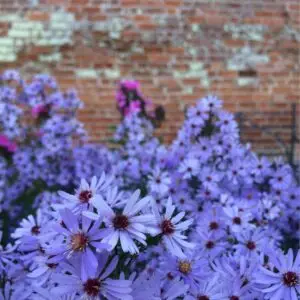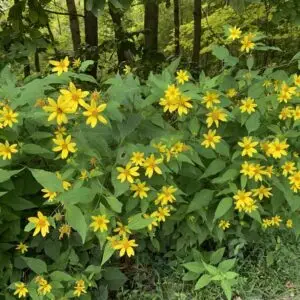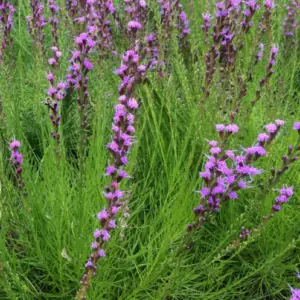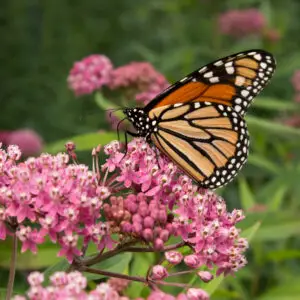| Size | Trade Gallons, Two Gallons, Three Gallons |
|---|
Silphium perfoliatum – Cup Plant(B&B.DR.DRGHT.HMR.MTH.NB.OP)
$15.00
Ecosystem Services:
(B)-Birds (B&B)-Birds & Butterflies
(BTF)-Butterflies (BW)-Black Walnut Resistant
(DR)-Deer Resistant (DRGHT)-Drought Resistant
(EC)-Erosion Control (EVR)-Evergreen
(FC)-Fall Color (FRG)-Fragrant
(GRD)-Groundcover (H)-Host plant
(HMR)-Hummingbirds (M)-Mammals
(MTH)-Moths (N)-Nectar
(NB)-Native Bees (NST)-Nesting Material
(OP)-Other pollinators (RR)-Rabbit Resistant
(SHWY)-Showy (SPC)-Specimen Plan
Common cup-plant is a native wildflower in the Asteraceae (daisy) family. It may self-seed. It typically grows to around 6′, however, can grow to reach 9′ tall.
It is commonly found in open woods, lake borders, ditches, meadows, prairies, and thickets in the Midwest and Upper Midwest. In NC, it is restricted to the Peidmont and Mountains, where it is rare.
The common name Cup Plant is in reference to the stout leaves that join at the stem, forming a cup that will hold water. Birds, especially goldfinches, are attracted to the water and also eat the seeds. Bumblebees and honeybees use parts of the plant for nesting. Short-tongued bees, wasps and flies frequent the flowers for pollen and nectar.
Although it is clay soil tolerant, the preferred soil for planting is loam-based.
Host plant for the Silphium Moth and the Giant Eucosma Moth.

